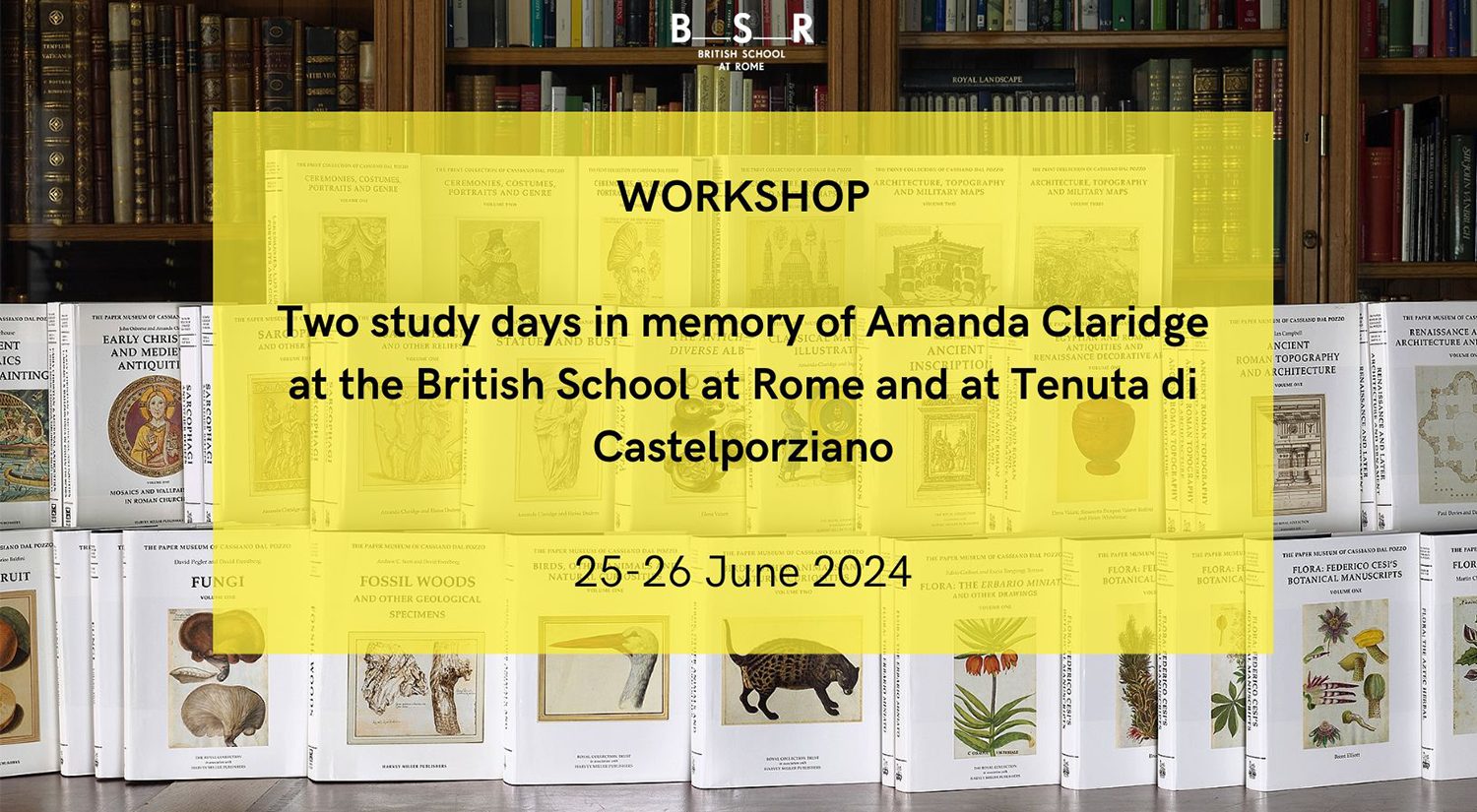Italian Abstract
Il X secolo è stato sempre visto come il più buio dei “secoli bui” dell’alto medioevo romano, e non del tutto a torto. In termini archeologici e soprattutto topografici, questa fase continua a essere quella più debolmente documentata nella storia di Roma medievale. La povertà di tracce artistiche e architettoniche non può più essere attribuita soltanto a omissioni o a preconcetti degli studiosi: è sempre più evidente che in questo periodo si tentarono pochi interventi trasformativi del paesaggio urbano (pochissime furono le chiese di una certa rilevanza; pochi, in generale, furono gli edifici monumentali; nessun tentativo significativo fu messo in atto per migliorare o ampliare le infrastrutture esistenti: mura, ponti, acquedotti, ecc.). Allo stesso tempo, però, attente indagini su siti e strati altomedievali condotte negli ultimi decenni stanno fornendo nuovi dati, i quali possono a loro volta aiutarci a contestualizzare altre informazioni già acquisite il cui significato era poco chiaro (o ignorato) in passato. Il quadro che sta emergendo ci conduce a una visione sempre più circostanziata e dai contorni meno catastrofici di questa fase della storia di Roma. Uno dei temi che oggi può essere indagato più approfonditamente di prima è quello delle tecniche costruttive, il che ci conduce a riflettere anche sull’organizzazione dell’industria edilizia e quindi – potenzialmente – perfino sugli orizzonti sociali, economici e politico-amministrativi dei romani che animavano il paesaggio urbano.
English Abstract
The tenth century has traditionally been viewed as the darkest of the early medieval “dark ages” at Rome, and not entirely wrongly. In archaeological and above all topographical terms, it remains the most poorly documented phase of the Roman Middle Ages; and the relative scarcity of surviving artistic and architectural remains can no longer be attributed only to the omissions or preconceptions of past scholarship. As more attention is devoted to the period, it becomes increasingly evident that few transformational interventions on the cityscape were attempted (very few grand churches or other forms of monumental architecture, and no major efforts to improve or expand existing infrastructure: walls, bridges, aqueducts, etc.). At the same time, however, attentive investigations of early medieval sites and strata conducted in recent decades have produced new discoveries, some of which also help to contextualize older findings whose significance was unclear (or ignored) in the past. The picture that is emerging offers a more nuanced and often less catastrophic vision of tenth-century Rome. One of the topics that can now be investigated in greater depth is that of construction techniques, which can in turn provide new insights into the organization of the building industry and – potentially – even the social, economic and political-administrative horizons of the Romans who animated the cityscape.
This event will take place in Italian.










